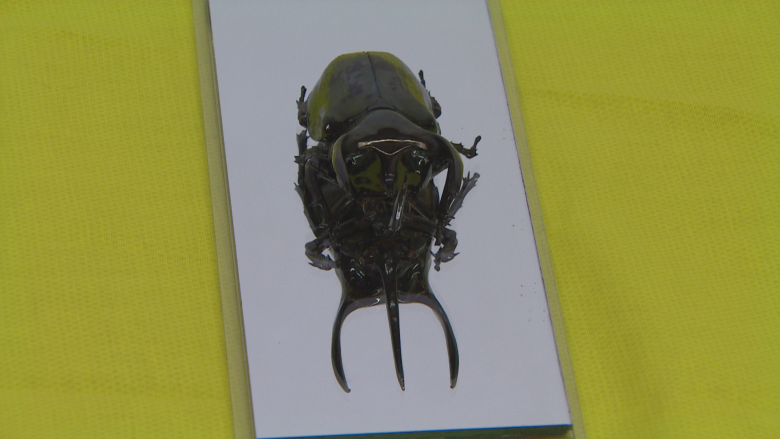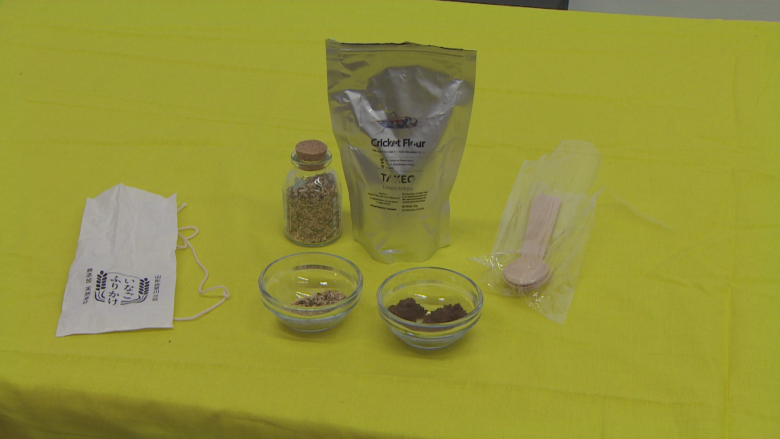A designer's quest for people to see insects as pets or human food
For many people, insects are icky or annoying. Hardly household pets or a delicious meal.
It's exactly that kind of disdain that NSCAD University professor Christopher Kaltenbach wants to change.
As a designer and insect enthusiast, Kaltenbach is fascinated with the potential for insects to become an alternative food source or low-impact pets.
Even his university office in Halifax is decked out in an intricate cardboard insect palace where he rears crickets and mealworms.
Kaltenbach also teaches a design course aimed at bringing people closer to nature and which looks at the relationship between humans and insects.
"Insects provide a way for us to have a new connection to nature, and certainly within large urban areas in Asia and across North America our connection to nature is getting weaker and weaker," said Kaltenbach, who's working on a PhD in the field.
Insects for the rescue
Kaltenbach's career has seen him design window displays for a French outdoor clothing company and work for clients ranging from a Japanese beverage maker to a condo real estate company.
He's been at NSCAD since 2009. In his 2015 book, Insectum: Speculative Design Interventions, Kaltenbach showed the design projects of 17 NSCAD students that each offer insect solutions to help solve critical problems facing the planet.
One project, for instance, promoted the extraction of lactic acid bacteria from honey bees and its use as a natural antibiotic against infections. Another showcased using an antimicrobial compound extracted from the emerald cockroach wasp in the battle against tuberculosis in Africa.
Kaltenbach's commitment to better understand the relationship between people and insects through design was influenced by his childhood days in New Mexico.
He grew up seeing black and white photos of his great-uncle, one of the first beekeepers in the region, in his grandparents' photo album. He said his uncle kept hundreds of beehives and took an aerial photo of the whole compound by putting a camera on a kite.
"It build an impression of what I thought living among insects must be and it filled my imagination, along with the stories that my grandparents passed on to me," said Kaltenbach.
Challenging people's fear of insects
He's also lived on and off since 1996 in Japan, where he found people adding insects, such as crickets and mealworms, to their daily food. It inspired him to cook with them, even while living in Canada.
"I would actually like to raise my own mealworms and work on recipes of cooking with them as well as crickets, and that would be the next stage of the research."
Kaltenbach also designed a "viewing apparatus" that is placed over a person's head and allows them to watch insects from below.
"It makes you reflect on the relationship you have with insects and to overcome the fear," he said.



